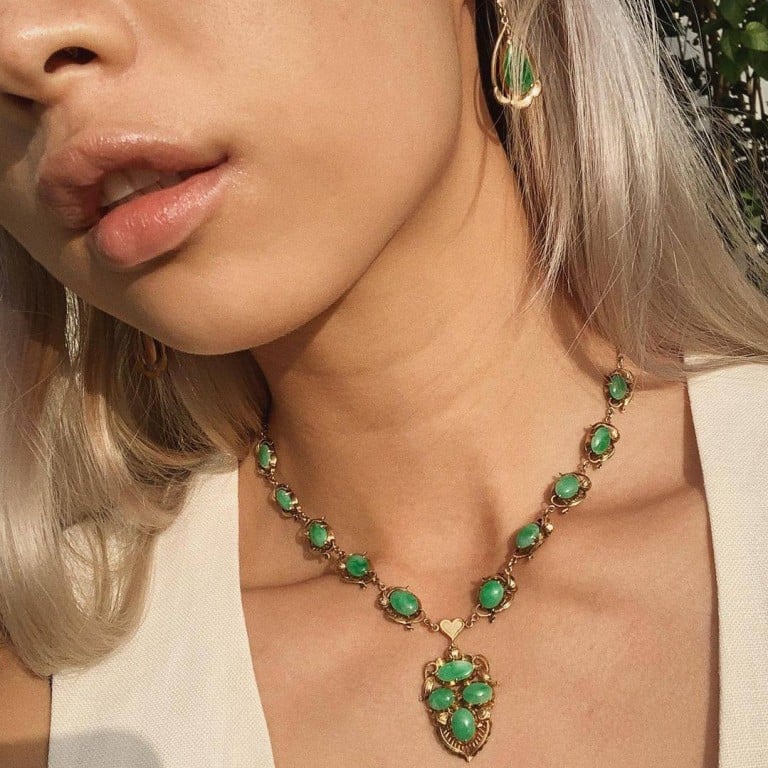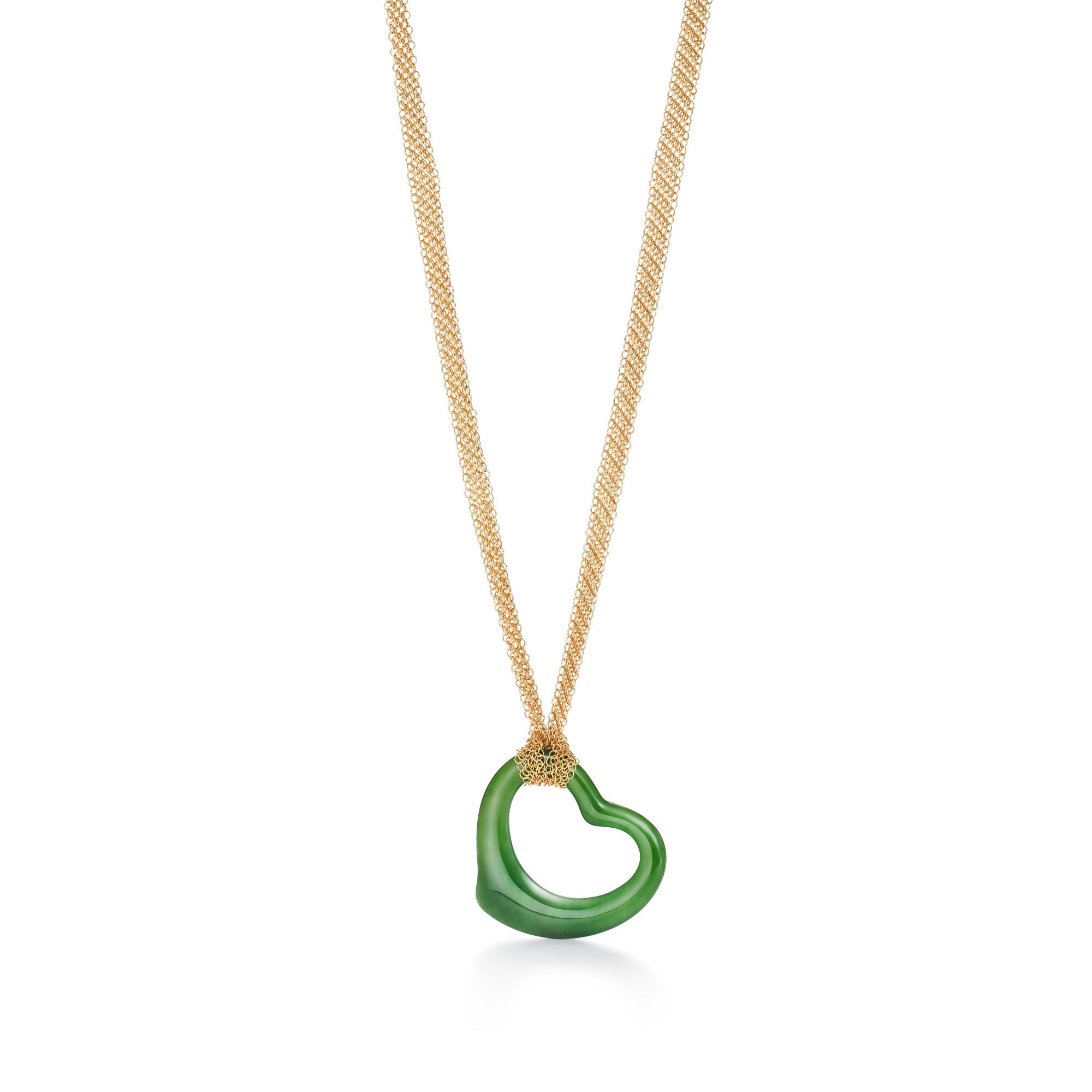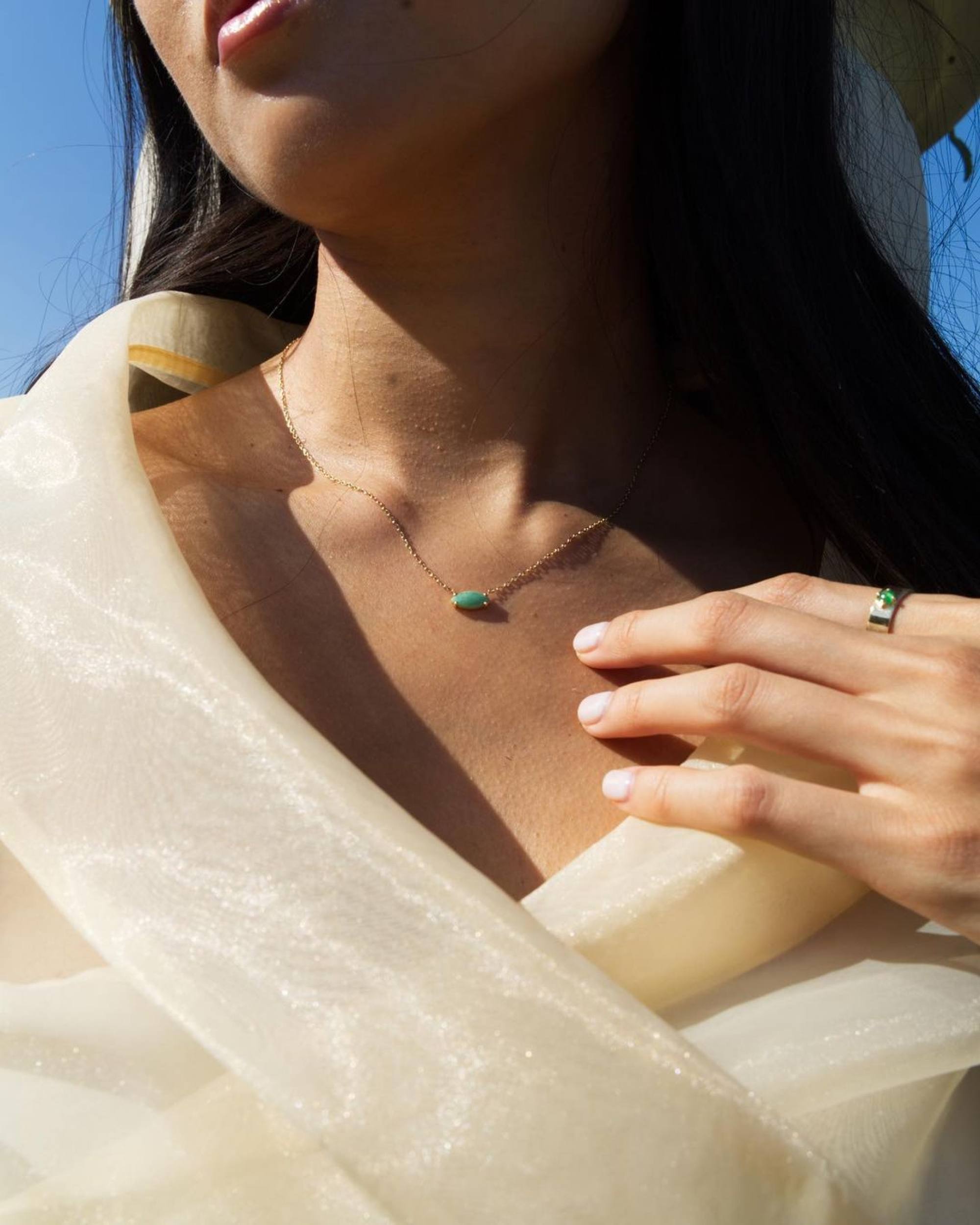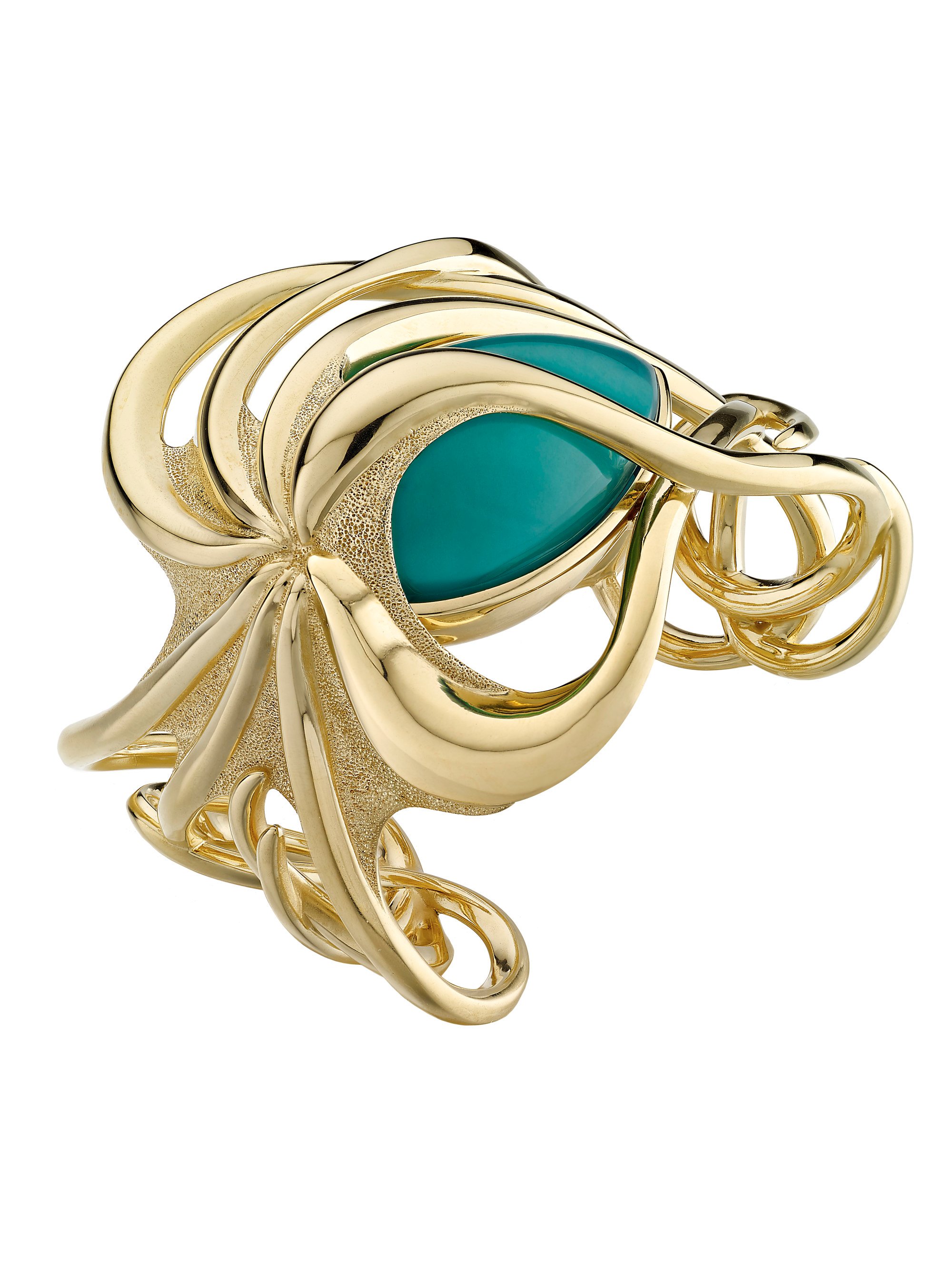Explainer / Why jade jewellery still captivates us after 9,000 years: ancient Chinese royals made the green gemstone de rigueur, but today Tiffany & Co. and Van Cleef & Arpels are still under its spell

Jade, one of the world’s most versatile gemstones, has been revered for over 9,000 years, its durability and beauty regarded as a symbol of purity, knowledge, righteousness and protection. For this reason, it was the gemstone favoured by nobility and royalty in ancient China, shaped into sculptures, carvings and objets d’art as well as exquisite jewellery worn by the imperial families of the time.

In its most widely recognised form, jade is a lush emerald green – a highly sought-after variation known as imperial jade. In fact jade comes from not one but two semi-precious gemstones. Nephrite is a pale, opaque mineral typically found in shades of white or green, but also seen in red, yellow and lavender. Jadeite is the more valuable variety, prized for its translucence and spectrum of shades. It is the latter mineral that produces imperial jade.
Maria Sole Ferragamo steps out of her family’s footsteps with So-Le Studio
In China, jade is linked to immortality and the preservation of the soul. During the Han dynasty, emperors and other royals were buried in jade suits sewn in gold thread, and even today, jade pendants are often worn as lucky charms to ensure good health.

Yet the term jade actually originates from a Spanish expression, piedra de ijada, which means “stone of the pain in the side”, a term coined after early Spanish explorers saw natives holding pieces of the stone to their sides to cure or relieve various aches and pains.

For Orit Elhanati, a Copenhagen-based goldsmith who founded her eponymous jewellery line in 2012, jade holds an irresistible allure. “It is a stone that speaks the language of strength and spirituality,” she says.
Head-to-toe: how body bling made a comeback, from belly chains to teeth studs
Putting a modern spin on tradition, Elhanati has partnered the stone with black onyx and brown coral beads for a carefree holiday spirit. “I embraced jade’s ancient significance for this elegant bracelet collection because it gives a boho vibe,” she explains. “The jade mineral has a strong energy that creates captivating pieces to empower the modern man.”

Meanwhile, for Brazilian jeweller Fernando Jorge, who harnesses traditional savoir faire to create sculptural jewels that dance with the wearer, the beauty of jade lies in its modern styling potential.
“I really like the dark green and resistance of the material. It supports all sorts of carvings and the result is always beautiful,” he says.

- Jade is linked to immortality in China, where Han dynasty royals were buried in jade suits to preserve the soul – and lucky green pendants are still worn by many today
- High jewellery houses and edgy designers alike are still inspired by the vibrant green hue, from Brazil’s Fernando Jorge to Denmark’s Elhanati